Sanding wood or metal surfaces is a common workshop task, and power sanders speed up this time-consuming job. You can remove excess material from a rough board, shape a delicate curve, or prepare a wood surface for paint or stain with the right sander. Discover the features and capabilities of these useful tools, and learn how to select the best sander for the task at hand.
Sanders by the Numbers
Many types of power sanders are available, and each has its strengths. The most familiar are probably belt, orbital, and drum sanders.
Belt Sanders
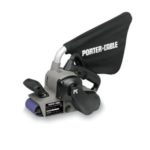
If you’re working on surfaces such as tabletops or doors or need to aggressively remove material, belt sanders are your tool of choice. Two drums connect to a powerful motor to spin a continuous belt of abrasive material across a flat metal plate, creating a large sanding surface. Use these hand tools with coarse sandpaper to remove old finishes or quickly smooth rough-cut surfaces. Work your way to finer grits to achieve an even finish. While most of these products have belts that are three to four inches wide and 18 to 24 inches long, some have very narrow sanding surfaces less than one inch wide. They’re an excellent option for detail work.
Orbital Sanders
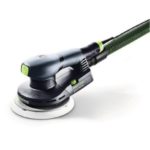
Finishing and shaping tasks require a light touch, and orbital sanders are lightweight tools you can maneuver and control with one hand. These products, also known as finishing or palm sanders, have four to six-inch round or square pads that are affixed to a metal plate that vibrates and moves in small circles. When you use them with fine-grit sandpaper, this motion eliminates swirl marks and produces a silky, ready-to-finish surface.
Drum Sanders
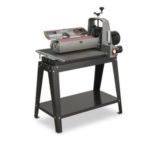
The heavyweights of the sanding world, drum sanders are free-standing shop tools that smooth and shape stock. Abrasive paper covers a metal drum that hangs above a flat, level table to deliver precise sanding power. These tools are popular for removing surface irregularities or altering stock thickness. Some models have an open side, so you can sand materials up to 50 inches wide using two passes. Combination tools use abrasive drums to smooth wood and wire brushes, remove paint or varnish, and create distressed or brushed finishes on wood or metal surfaces.
Additional Sander Options
Of course, plenty of other tools take on specialized finishing or shaping tasks.
- Disc sanders are heavy-duty tools that have a spinning, circular abrasive surface. Use them to remove material from edges or shape curves. They can also grind metal, plastic, or other materials.
- Detail sanders combine the controlled sanding characteristics of an orbital sander with a triangular pad shape. The pointed tip fits into tight corners or between obstacles.
- While they may not be the first tool that comes to mind when you think of sanding, rotary tools are a versatile addition to your shop. Their interchangeable tips give you dozens of shaping and sanding options for molding, spindles, or other detail work.
Get a Handle on Your Sander
Sanding requires precise control over your tool to prevent surface damage. Most belt sanders have both a pistol-style handle and a separate front grip. The combination gives you excellent control over these powerful tools. Orbital sanders have a rounded, top-mounted handle that fits into the palm of your hand. They’re easy to maneuver, and the natural shape helps reduce hand fatigue.
While drum sanders are not hand tools, they have controls to manage the sanding process. Models with easy-to-access height and alignment adjustments simplify setting up your job. Products with built-in sensing technology automatically vary the conveyor’s speed to prevent burning or gouging.
Control the Sanding Pace
Most of these tools have a slide or trigger control in the handle, so you can turn the unit on or off without shifting your grip. Models with variable speeds and interchangeable sanding pads or belts handle a broad range of sanding jobs. Some varieties can be clamped to a bench. A mounted tool provides a stable sanding surface, making working with small, delicate materials easy.
Dealing With Dust
Sanding produces plenty of dust and debris that can affect your breathing and damage your materials and finishes. Most sanders have some form of dust collection, either a bag that traps debris as it falls or ports that connect to a shop vacuum or other dust-collection system. Always use safety glasses and wear a dust mask when using these tools.
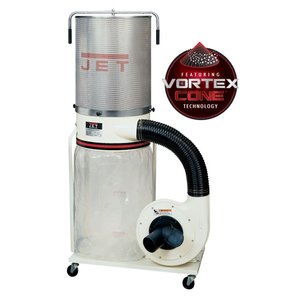
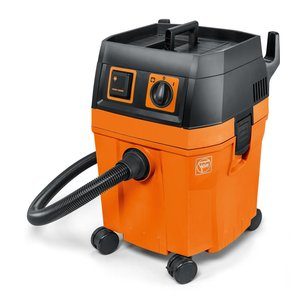
Sanders clean, smooth, and shape wood, metal, and other materials, reducing your time on these tasks. Use your new understanding of these versatile products to find the right power tool for your next project.

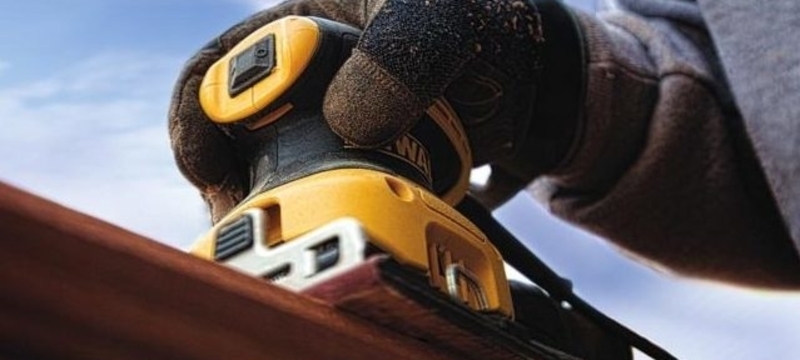
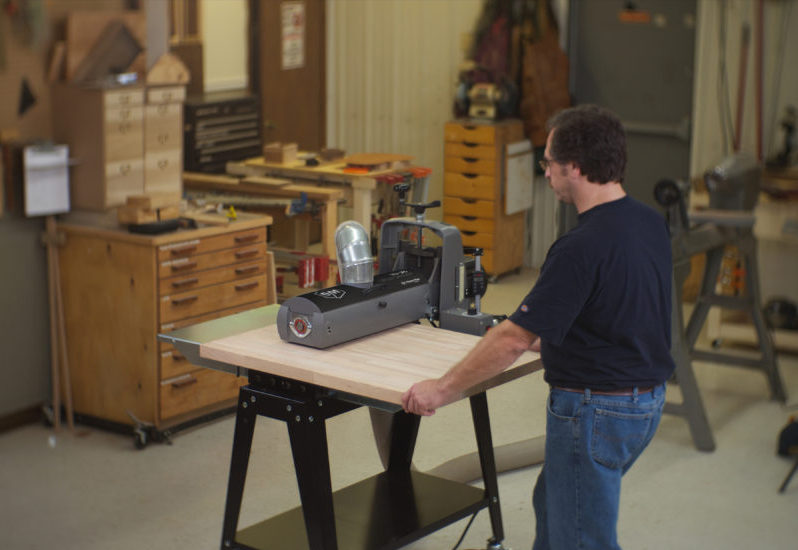
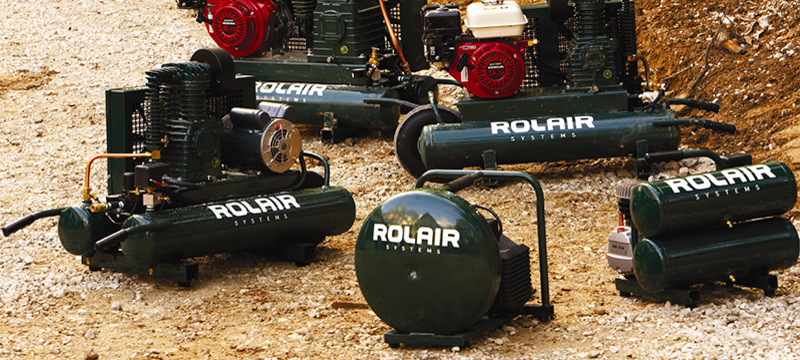
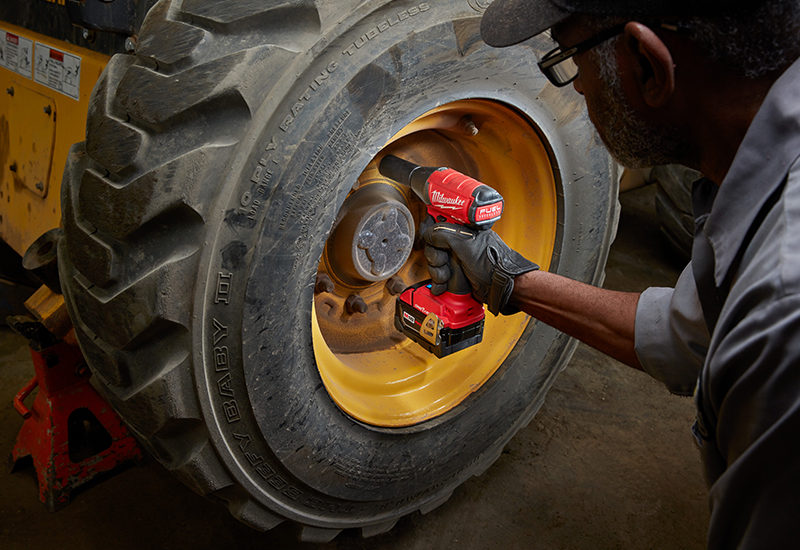
One Comment
Tiffany Locke
April 11, 2018 at 8:31 pmI’m glad that you mention how you need to have precise control over your sanding tool in order to avoid damaging the surface. When you’re purchasing your equipment, you’d probably want to make sure you research the different options and how to use them. Once you’ve done this and figured out which type of tool works best, you’d probably want to make sure you talk to a professional and see if you can have someone show you how to use it so that you won’t make any mistakes that could result in damage or injury.